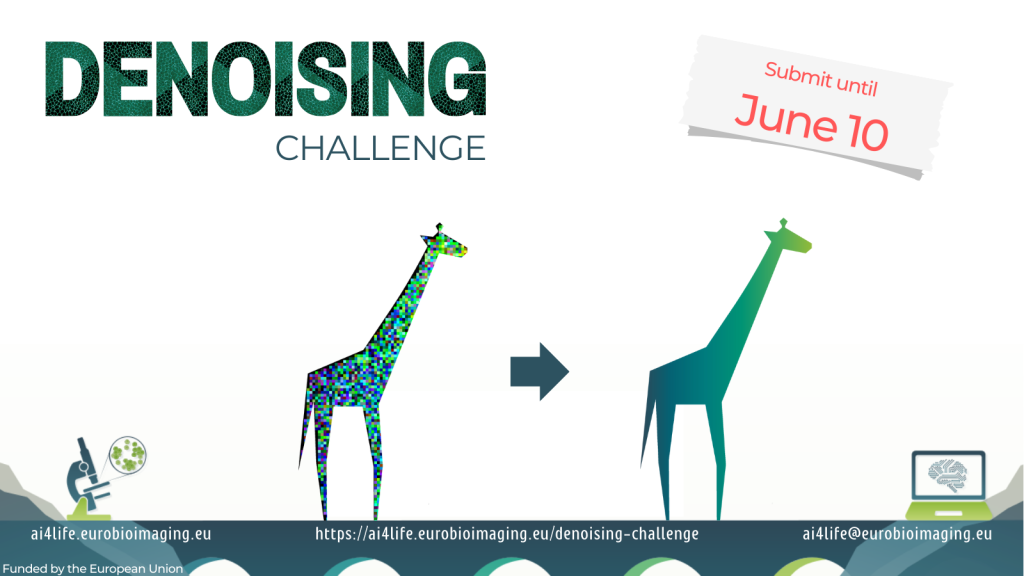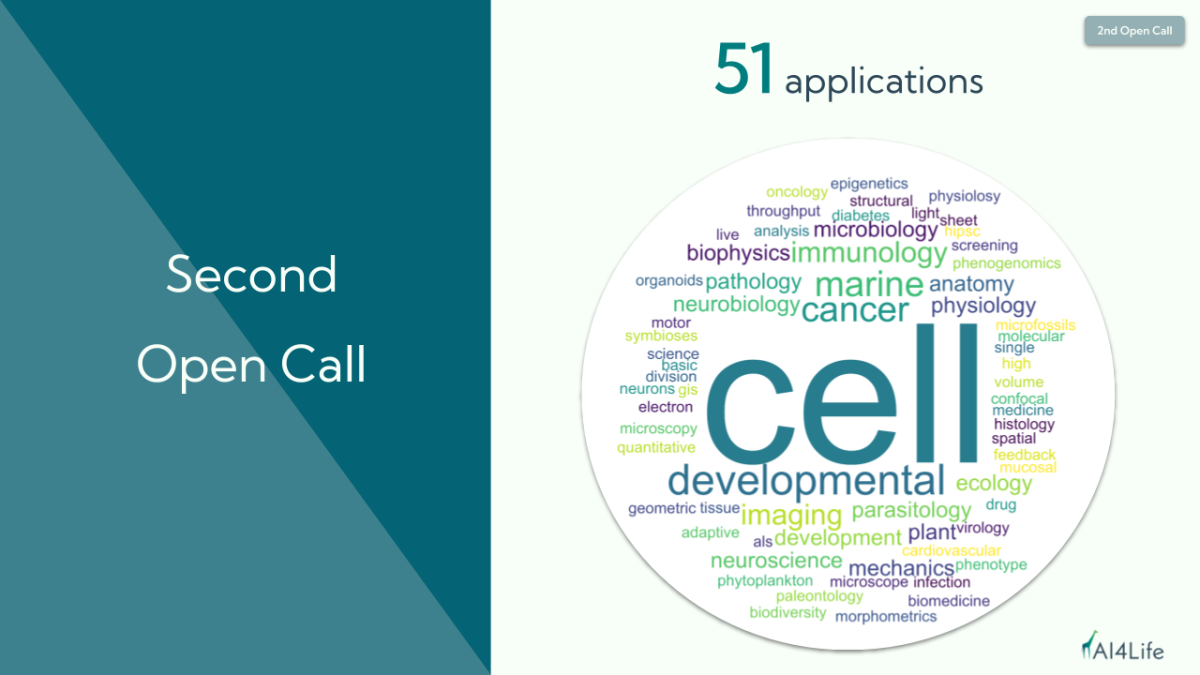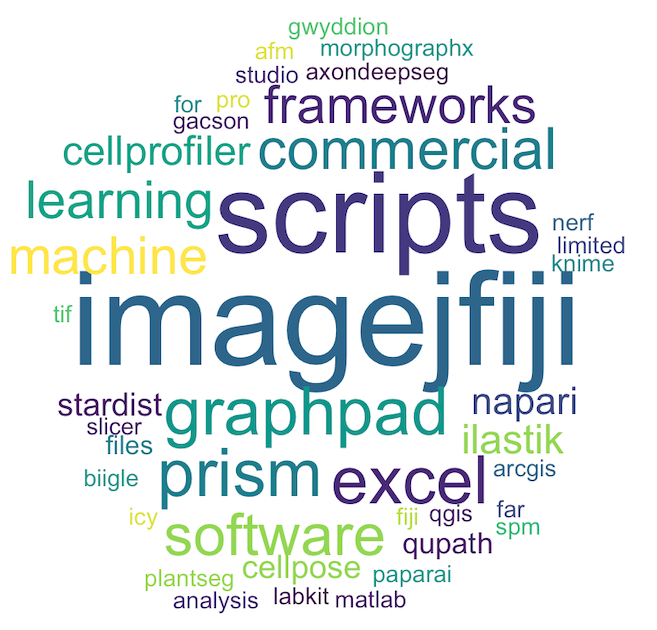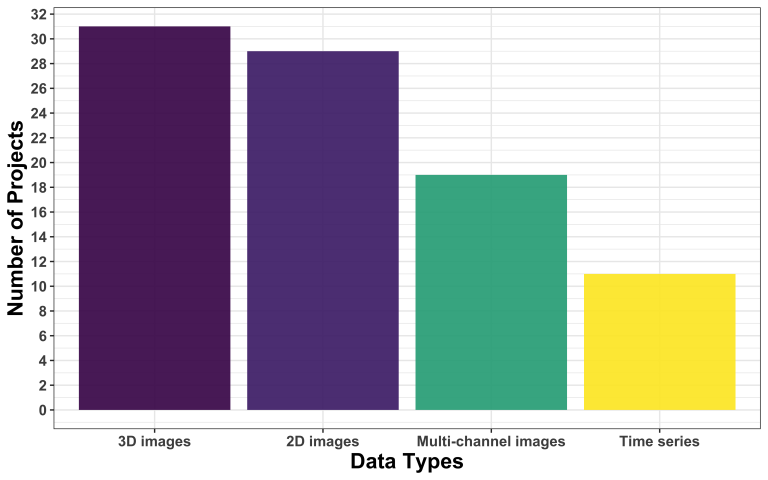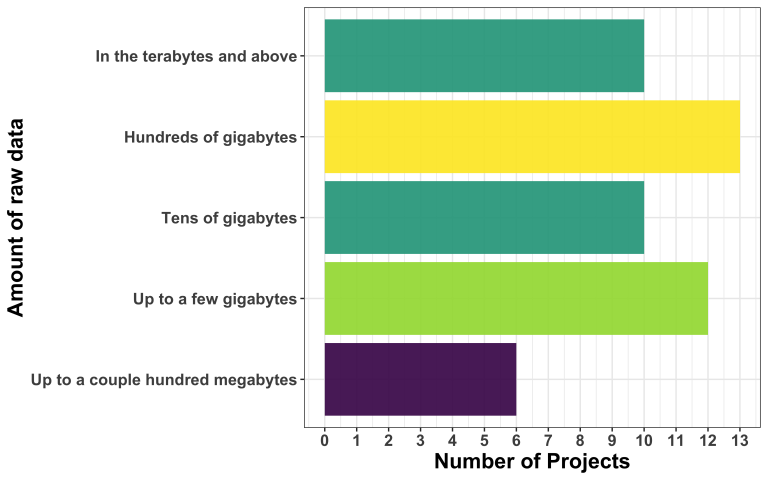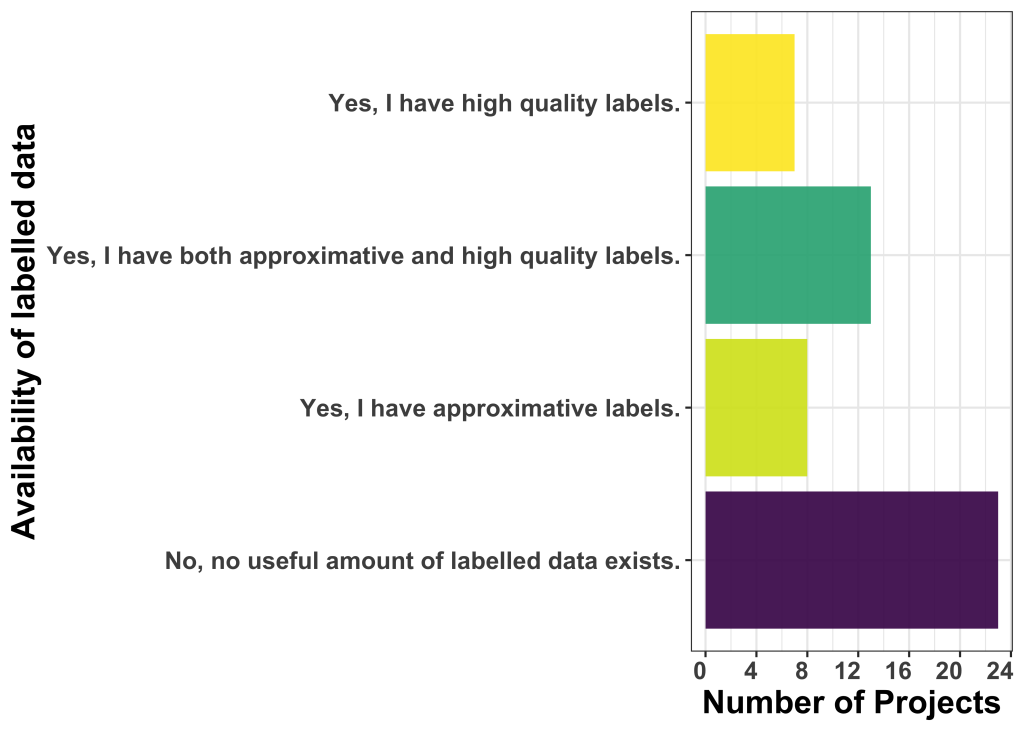First AI4Life challenge launched: Denoising microscopy images
by Vera Galinova and Beatriz Serrano-Solano
We are happy to announce the launch of the first AI4Life challenge aimed at improving denoising techniques for microscopy images.
Noise introduced during the image acquisition process can degrade their quality and complicate interpretation. But deep learning can help with that!
The challenge focuses on unsupervised denoising to be applied to four datasets featuring two types of noise: structured and unstructured.
To participate, please visit the dedicated website and the Grand Challenge page on which the challenge is hosted:
